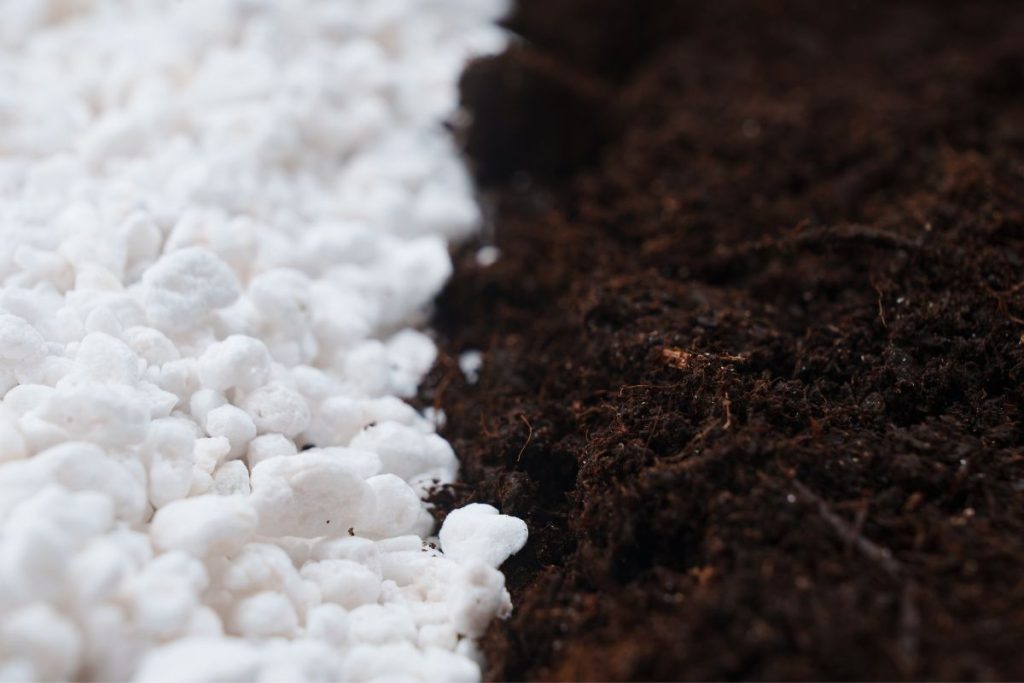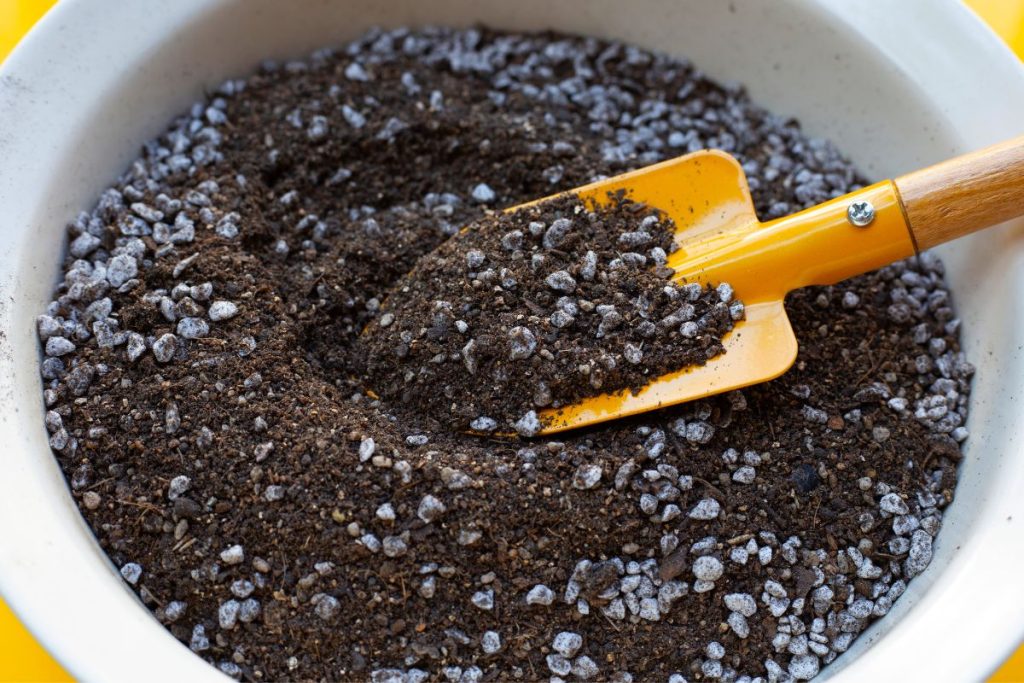The Right Amount of Perlite for Your Potting Soil
Perlite is a natural ingredient that you can often find in potting soils and growing media. But what does it actually do? Well, perlite has some superpowers that can make your plants thrive! First off, it’s like a superhero when it comes to storing water efficiently. That means your plants won’t go thirsty, even on hot summer days.
But that’s not all – perlite also works wonders for improving soil aeration. It’s like giving your plants a breath of fresh air! And here’s the cherry on top: perlite helps to enhance soil drainage. No more soggy roots or waterlogged plants! Sounds pretty amazing, right? But hold on, there’s one important thing to know: how much perlite should you add to your potting soil? Don’t worry, we’ve got you covered. In this article, we’ll break it down for you and explain the perfect perlite-to-soil ratio to make your plants happy and healthy. Get ready to unleash the power of perlite!

The Birth of Perlite
Perlite, a type of volcanic glass, goes through a fascinating transformation. Over time, it weathers and changes from hard obsidian into loose and lightweight rock structures. The volcanic material continuously replenishes itself, ensuring that perlite formation will continue in the future.
In the world of gardening, only expanded perlite is used. Industrial plants heat the rock to a sizzling 1000°C, causing it to expand up to twenty times its original size. The result? Bloated perlite with a low density, usually sporting a popcorn-like appearance and a clean white color.
Perlite’s Garden Powers
Perlite is classified as a soil additive, not a fertilizer, under the Fertilizer Ordinance. It works its magic by enhancing soil properties and structure. When it comes to plant cultivation, perlite is pH-neutral, low in salt, and boasts a high pore volume.
In horticulture, perlite shines as a soil improver or a standalone substrate for mineral-based potting soil. As a soil improver, its high permeability and impressive pore volume (around 95%) aid in water retention and prevent soil compaction. Additionally, perlite improves soil aeration and safeguards against salt damage.
How Much Perlite to Add to Potting Soil?
Many potting soil manufacturers add perlite to their mixes to improve water retention and long-term soil looseness. The expanded perlite’s porous surface creates space for air and water, promoting healthy root growth. When determining how much perlite to add to soil, it’s important to consider the desired outcome. For most potting soils, a recommended percentage between 5 and 35 of perlite is used.
When it comes to succulent soil, determining how much perlite to use becomes even more critical. In order to ensure optimal drainage and prevent waterlogging, a higher percentage of perlite is typically mixed into the soil mixture.

In home gardens, perlite works wonders on moisture-challenged soils like sandy patches or areas with insufficient precipitation. It’s especially helpful in preventing water-related damage for plants that require regular watering and have deep roots, particularly on scorching hot days. In most cases, a mix of 10 to 20 percent perlite with garden soil is sufficient.
Choosing the Right Perlite Grain Size
Perlite comes in three commonly available grain sizes: 0-3mm, 0-6mm, and 2-6mm. The 0-6mm size is suitable for growing media or as a soil improver. If you’re creating your own mineral substrates or potting soil, opt for the 2-6mm grain size to prevent sedimentation. All three grain sizes can be used to loosen potting soil.
Perlite Procurement Made Easy
Despite their popularity, finding perlite commercially can be a bit of a challenge. Many plant centers or hardware stores only carry it intermittently. Consider checking building material yards or composting plants for better luck. Alternatively, you can conveniently purchase perlite online at a reasonable price. Various container sizes are available, although the most common and cost-effective option is a 100-liter package.
When purchasing perlite, exercise caution. Some containers are intended for construction projects, not horticulture. Keep an eye out for coated perlites, often with a silicone layer, as they no longer possess useful properties for soil and earth.
With perlites, you can optimize the water and nutrient supply of your plants. The Horticultural Grade Premium Perlite from xGarden is untreated and developed directly for the garden area.



